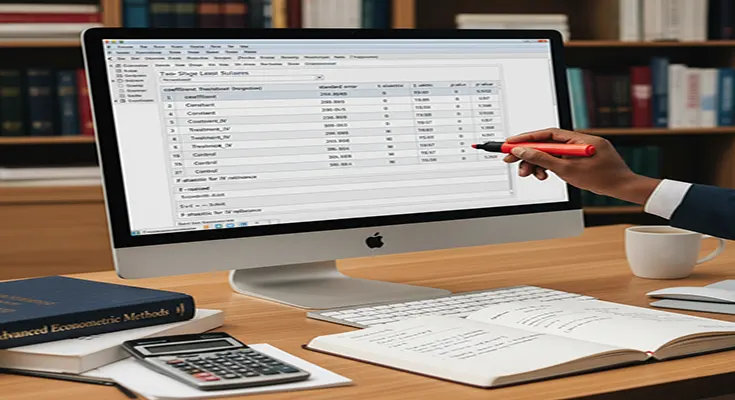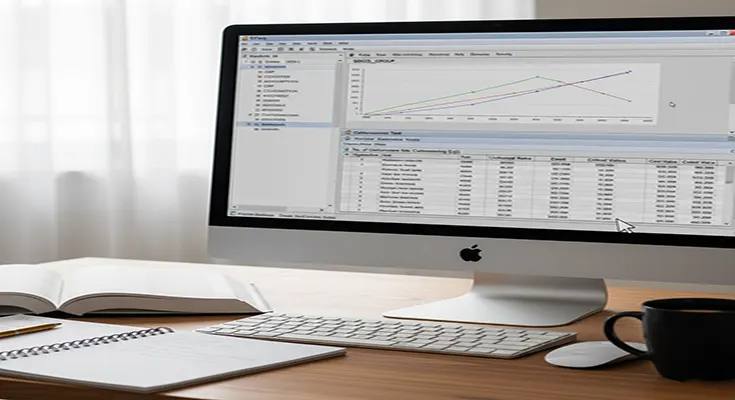
VPS Hosting: Why It Is The Right Choice For Your Website?
Powered by virtualisation technology, a VPS server divides a physical server into multiple VMs, offering each user a dedicated space for hosting. That makes VPS servers extremely popular in the website hosting Industry.
It has become a great option for users who have exhausted their shared hosting resources without much price stretch. For more facts, we will look into why VPS website hosting is a great option for your website.
Why Choose VPS Hosting?
1. Improved Performance and Speed
VPS hosting offers a significant boost in performance and speed compared to a shared server. It is powered by virtualisation technology, which offers dedicated resources to ensure independent resources irrespective of the server being shared.
This means that users have their own CPU, disk space, and RAM without creating any neighbouring effect, irrespective of traffic. So, a VPS offers better performance and speed, making it an ideal choice for businesses that …
VPS Hosting: Why It Is The Right Choice For Your Website? Read More




